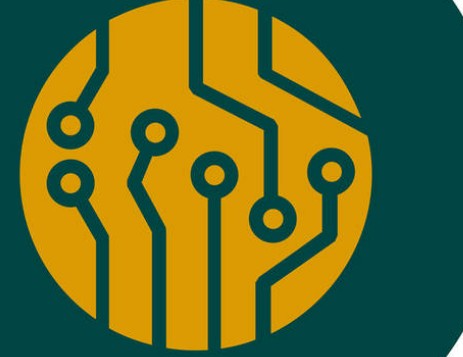
PCB uses resin plug holes. This process is usually due to BGA parts, because traditional BGA may make VIA to the back between PAD and PAD for wiring, but if BGA is too dense and the VIA cannot go out, it can be drilled directly from PAD to make via to other layers for wiring, and then the hole is filled with resin and copper plated to become PAD. That is, the commonly known VIP process (via in pad), if it is only done on the PAD via without resin plug hole, it is easy to cause tin leakage leading to short circuit on the back and front air welding.
The process of PCB resin plugging includes drilling, electroplating, plugging, baking and grinding. After drilling, the hole will be plated through, and then the resin will be plugged and baked. Finally, it will be ground flat. In other words, the holes of the fortress hole are disposed of first, and then the other holes are drilled, following the normal process.
If the plug hole is not plugged, when there are bubbles in the hole, because the bubbles are easy to absorb moisture, the board may explode when the tin furnace, but in the process of the plug hole if there are bubbles in the hole, when baking bubbles will extrude the resin, causing a concave side and a prominent situation, at this time you can detect defective products, and the board with bubbles is not likely to explode, Because the main reason for the explosion of the board is moisture, so if the board is just out of the factory or the board in the piece after baking, generally speaking, it will not cause the explosion of the board.

PCB board surface treatment: electroplating and chemical gold
What is electric gilding? What are its characteristics?
On the surface treatment of PCB, you can choose the way of electroplating or chemical gold, and electroplating is divided into "hard gold" and "soft gold", as the name suggests that gold is plated on the copper skin, and gold can not directly react with copper, so the process will be plated on a layer of nickel, most of the thickness of nickel falls between 120u "~150u", Then gold plating on nickel, so some people also called electroplating nickel gold.
The difference between hard gold and soft gold is because of the composition of the final layer of gold plated, alloy and pure gold selection, because the hardness of the alloy is higher than that of pure gold, so electroplating alloy is called "hard gold", hard gold contains "tungsten" material, its friction hardness is about 7.5-8, and electroplating pure gold is called "soft gold".
In use, the hardness of hard gold, usually used in the need of plug resistance, contact resistance, resistance to friction, such as gold finger, Keypad, computer board, etc.; Soft gold is generally used for COB(Chip On Board) above the gold wire or aluminum wire.
The advantages of electroplating are long storage time, suitable for contact switch design and BONDING design, suitable for electrical measurement, etc. And its disadvantages are high cost, too thick Gold plating will lead to solder Embrittlement, that is, gold embrittlement (Gold Embrittlement), affect the strength, current distribution will cause uneven plating surface
What is chemical gold? What are its characteristics?
In PCB surface treatment, the so-called Gold, mostly refers to Electroless Nickle Immersion Gold. Because ENIG's gold plating is also pure gold, it is also used as the surface treatment of COB aluminum wire.
Its advantage is that nickel and gold can be attached to copper without the use of electroplating process, and because it does not have the difficulty of uneven current distribution, the plating inside and outside show uniform, sharp edge and corner joint coating situation can be completely eliminated. Its surface is also more smooth than electroplating, high reliability for high density requirements, can be plated on non-conductor (need to do proper pre-treatment), vacuum packaging unopened storage life is good, can be repeated back welding, good weldability and avoid the generation of tin bridge.
Chemical gold can be divided into two kinds: replacement gold and reduced gold. The method of replacing gold is to replace gold ion and PCB surface metal, while reduced gold is to use the reducing agent in pharmaceutical liquid to directly reduce gold to precipitate gold to PCB surface.







